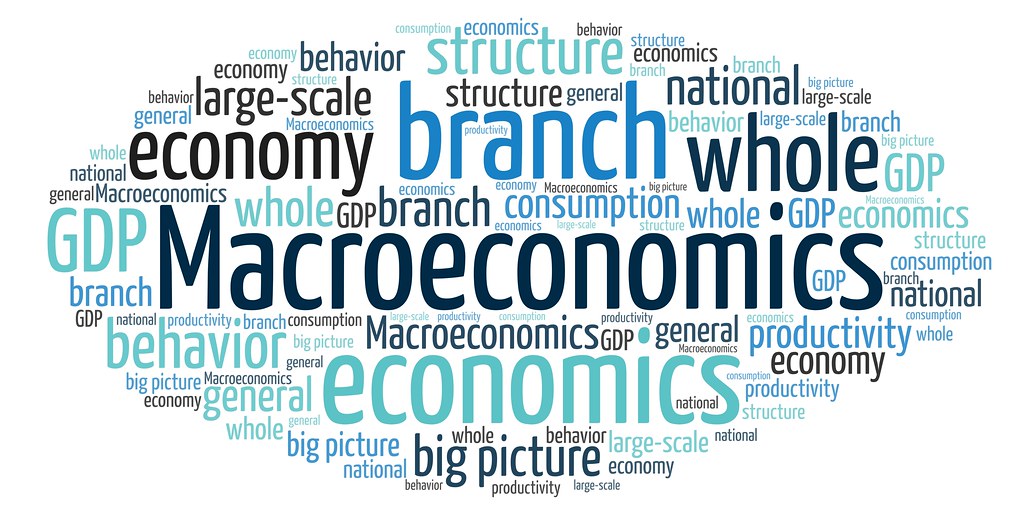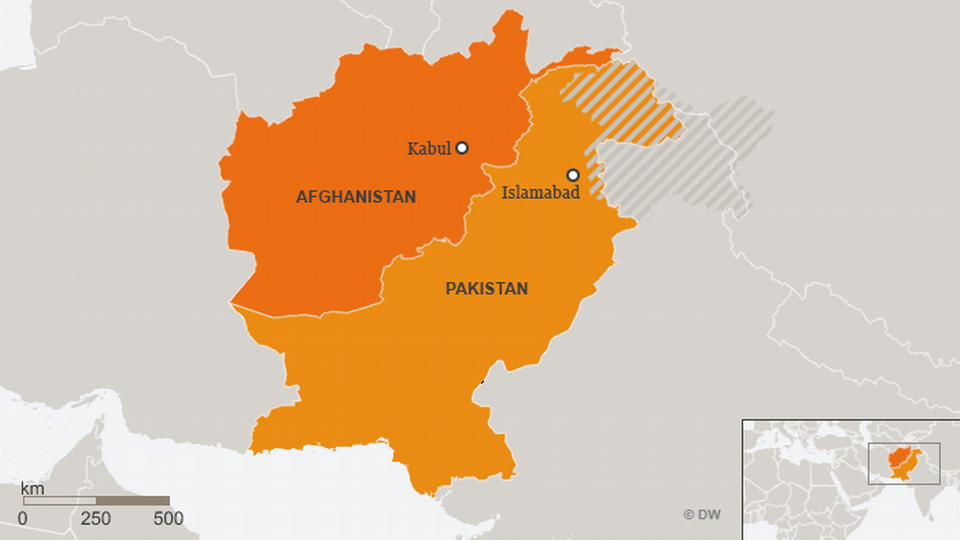Dr Tehreem Fatima
Feminism is a comprehensive and diverse movement that aims to achieve gender equality and justice in various cultures and societies. However, feminism is not a monolithic or homogeneous ideology but a collection of different perspectives and approaches addressing different aspects of gender inequality. In this response, I will critically evaluate some of the main themes of feminism, covering multiple cultures and societies.
One of the key themes of feminism is intersectionality, which recognizes that gender is not the only factor that shapes one’s identity and experience but rather intersects with other factors, such as race, class, ethnicity, religion, sexuality, disability, and age. Intersectionality challenges the assumption that all women share the same experiences and interests and instead acknowledges the diversity and complexity of women’s lives. Intersectionality also exposes how different forms of oppression and discrimination are interconnected and mutually reinforcing and how they affect different groups of women differently. For example, black women face both racism and sexism, which create specific challenges and barriers for them that white women or black men do not encounter. Similarly, Muslim women face both Islamophobia and misogyny, which limit their choices and opportunities in different ways than non-Muslim women or Muslim men. Therefore, intersectionality calls for a more inclusive and nuanced understanding of feminism that takes into account the multiple dimensions of identity and power.
Another theme of feminism is patriarchy, which refers to a system of social organization in which men hold the primary power and authority over women and other marginalized groups. Patriarchy is often seen as a universal and natural phenomenon that has existed throughout history and across cultures. However, feminists challenge this view by arguing that patriarchy is a social construct that can be changed and dismantled. Feminists also point out that patriarchy is not only harmful to women but also to men who do not conform to the dominant norms of masculinity. Patriarchy also varies in its forms and manifestations depending on the cultural and historical context. For example, in some cultures, patriarchy is based on religious doctrines or traditions that prescribe rigid roles and expectations for men and women. In other cultures, patriarchy is based on economic or political structures that favour male dominance and control over resources and decision-making. Therefore, patriarchy is not a static or uniform concept but rather a dynamic and diverse one that requires different strategies and solutions to challenge it.
Please subscribe to the website of republicpolicy.com
A third theme of feminism is reproductive rights, which encompass the right to decide whether or not to have children, the right to access safe and legal abortion and contraception, the right to receive quality maternal health care, and the right to be free from coerced or forced reproduction. Reproductive rights are essential for women’s autonomy and self-determination, allowing them to control their bodies and lives. Reproductive rights are also linked to other aspects of gender equality, such as education, employment, health, and political participation. However, reproductive rights are often contested and violated by various actors and institutions, such as states, faiths, families, or communities. For example, in some countries, abortion is illegal or restricted, which forces women to resort to unsafe or clandestine methods that endanger their health and lives. In other countries, sterilization or contraception is imposed on specific groups of women without their consent or knowledge, such as indigenous women or women with disabilities. Therefore, reproductive rights are not only a matter of personal choice but also a matter of social justice.
A fourth theme of feminism is violence against women, which includes physical, sexual, psychological, or emotional abuse or harm inflicted on women by individuals or groups based on their gender. Violence against women is a widespread and pervasive problem that affects women of all ages, backgrounds, and circumstances. Violence against women can take various forms and occur in multiple settings, such as domestic violence within intimate relationships or families, sexual violence by strangers or acquaintances, trafficking for sexual exploitation or forced labour, female genital mutilation or cutting, honour killings or dowry deaths, and sexual harassment or assault in workplaces or public spaces. Violence against women is not only a violation of human rights but also a major obstacle to gender equality, as it undermines women’s dignity, security, health, and well-being. Various factors, such as cultural norms, legal systems, economic conditions, and political conflicts, also influence violence against women. Therefore, violence against women is not a private or isolated issue but rather a public and systemic one that requires collective action and accountability.
Please, subscribe to the monthly magazines of republicpolicy.com
Lastly, feminism is a complex and multifaceted movement that explores and addresses the themes of intersectionality, patriarchy, reproductive rights, and violence against women in different cultures and societies. Feminism also offers various theories and approaches to achieve gender equality and justice, such as liberal feminism, socialist feminism, radical feminism, postmodern feminism, black feminism, and trans feminism. However, feminism is not a fixed or final ideology but rather an evolving and dynamic one that responds to the changing realities and needs of women and other marginalized groups. Therefore, feminism is all about women’s rights and attaining them under multiple cultural and legal codes.
Please, subscribe to the YouTube channel of republicpolicy.com

















































